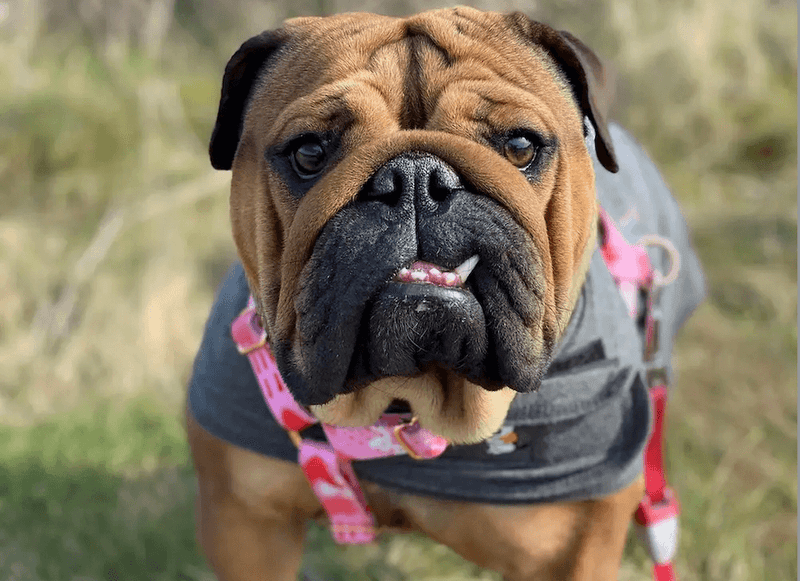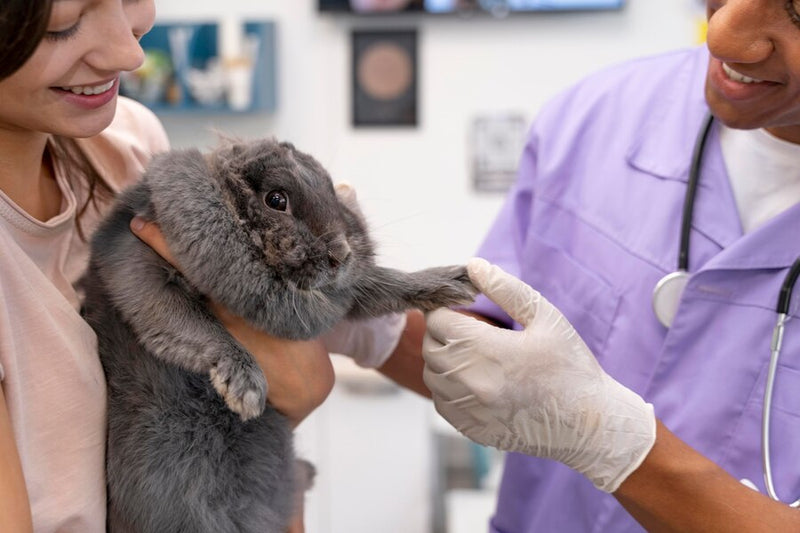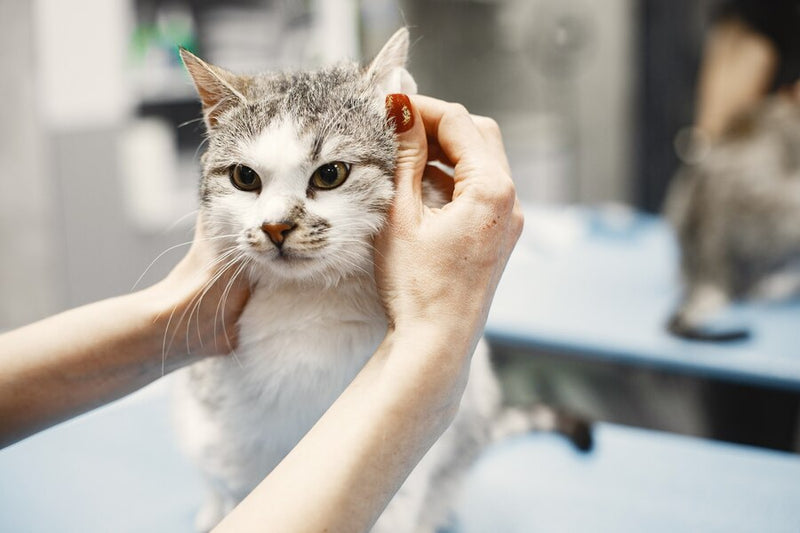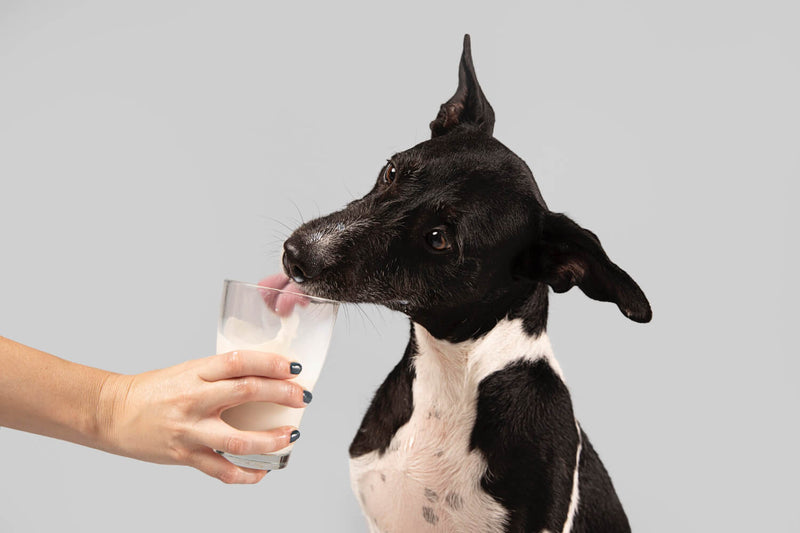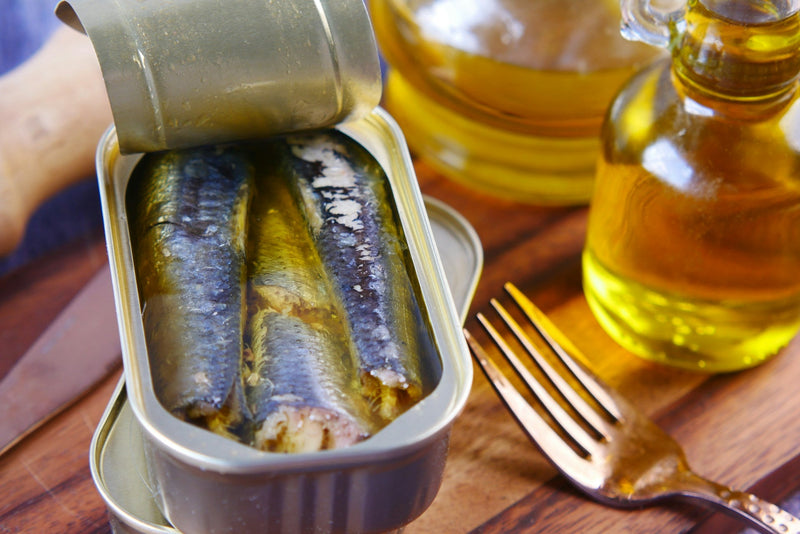
Welcome to Gritty Pet Co.
Your Canadian, specialty Pet Health & Wellness destination. 🇨🇦

Vet Reviewed & Approved
Dr. Ibrar A. is our veterinarian and a key member of our team. ✅
Canine hydrotherapy is rapidly gaining recognition as a valuable therapeutic tool for dogs around the world. From enhancing joint health to aiding in post-surgery recovery, this form of therapy offers numerous benefits for dogs of all ages and conditions (1).
In this blog post, we’ll explore the basics of canine hydrotherapy, its benefits, how it works, preparations needed, advanced techniques, home solutions, DIY tips, and essential safety guidelines.
Key Takeaways
Holistic Healing and Fitness: Hydrotherapy serves as a powerful tool for holistic healing and enhancing fitness, suitable for dogs of various ages and conditions, promoting muscle strength, joint health, and overall well-being without the need for veterinary referral.
Quality and Professionalism: When seeking a hydrotherapy center, prioritize facilities with Registered Canine Hydrotherapists who follow strict standards for water quality and therapy practices. Visiting potential centers can offer insight into their professionalism and the care your dog will receive.
Insurance and Cost Management: Understanding your insurance coverage for hydrotherapy is crucial. Many insurers recognize its benefits, but policies vary. Proactively discussing with your insurer can help manage costs and ensure your dog gets necessary treatment without unexpected expenses.
Benefits of Canine Hydrotherapy
Canine hydrotherapy offers many of benefits for dogs:
Joint Health : Canine hydrotherapy provides a low-impact way to exercise joints, which is crucial for promoting joint health in dogs. This form of therapy is particularly beneficial for dogs suffering from conditions like arthritis and hip dysplasia, as it helps to alleviate pain and stiffness while improving joint flexibility and range of motion (2).
Surgery Rehabilitation : Hydrotherapy plays a crucial role in the rehabilitation process for dogs post-surgery (3). It promotes faster recovery and improved mobility by providing a controlled environment for exercise that minimizes the risk of injury or strain. This therapy aids in rebuilding muscle tone, improving circulation, and facilitating healing, ultimately leading to a successful recovery.
Muscle Strength : The resistance provided by water in hydrotherapy sessions helps to build muscle strength in dogs without putting excessive strain on joints. This aspect is particularly beneficial for dogs recovering from injuries or surgeries, as it enables them to engage in muscle-building activities safely. Hydrotherapy contributes to rebuilding lost muscle mass and improving overall strength and endurance in dogs undergoing rehabilitation (4).

Canine Hydrotherapy: How It Works?
Canine hydrotherapy harnesses the properties of water to facilitate healing and fitness:
Buoyancy - Example Swimming : In hydrotherapy, water's buoyant force supports the dog's body, alleviating pressure on joints and enabling them to move freely without discomfort (1). This buoyancy also reduces the impact on injured or sore areas, facilitating rehabilitation.
Resistance - Example Underwater Treadmils : Water offers natural resistance to movement, requiring the dog to exert more effort in their motions. This resistance helps to strengthen muscles throughout the body, promoting improved muscle tone and endurance over time (5). It provides a challenging yet low-impact environment for muscle-building exercises.
Hydrostatic Pressure - Dynamic Water Jets : Water pressure in hydrotherapy reduces swelling and improves blood flow. This helps deliver oxygen and nutrients to injured areas, speeding up healing. It also flushes out toxins, supporting overall health.
Preparations for Canine Hydrotherapy
Before starting canine hydrotherapy, several preparations are necessary. Always consult with your veterinarian to determine if hydrotherapy is suitable for your dog's condition.
Choose a hydrotherapy facility with experienced and certified hydrotherapists. Ensure the facility is equipped with appropriate tools and safety measures. A reputable facility will provide a safe and effective environment for your dog's therapy sessions.
Hygiene is paramount in hydrotherapy. Verify that the facility maintains high water quality standards to prevent infections. Clean, properly treated water reduces the risk of skin irritations or other health issues for your dog during sessions.
Canine Hydrotherapy: Advanced Techniques
Advanced techniques in canine hydrotherapy encompass a range of specialized approaches aimed at maximizing therapeutic benefits for dogs. These techniques are often tailored to address specific conditions or enhance performance in athletic dogs. Advanced techniques may include:
Underwater Treadmills : These specialized treadmills allow controlled exercise in a water environment.
Jet Resistance : Water jets provide resistance for targeted muscle workouts.
Flotation Devices : These assistive devices support dogs in the water, aiding in buoyancy and stability.
Canine Hydrotherapy Home Solutions
For those unable to access a hydrotherapy facility, creating a hydrotherapy setup at home can provide a viable alternative. By utilizing readily available resources such as inflatable pools or modified treadmills, dog owners can tailor hydrotherapy sessions to their pet's needs in a familiar and comfortable environment.
Guide for Home Setup : Set up a designated area with a pool or large tub suitable for your dog's size.
Water Management : Regularly clean and maintain the water to ensure hygiene.
Monitoring : Supervise your dog during hydrotherapy sessions to ensure safety and effectiveness.
Canine Hydrotherapy: DIY Tips
Effective DIY canine hydrotherapy setups can be created using household items:
Swimming Pools : Inflatable or small swimming pools can serve as effective hydrotherapy setups for your dog. Ensure the pool is large enough for your dog to move comfortably and safely. Adding non-slip mats or surfaces to the pool bottom can enhance stability and prevent slipping during sessions.
Water Depth : Adjust the water depth based on your dog's size, condition, and rehabilitation goals. For dogs new to hydrotherapy, start with shallow water to help them acclimate gradually. Increase the water depth as your dog becomes more comfortable and gains strength.
More Ideas: Consider a shallow kiddie pool for small dogs, offering a safe, introductory space for water therapy. Utilize natural shallow water areas, like calm beaches or lakes, for gentle walking exercises that build muscle with minimal joint stress. For tiny breeds, a bathtub can serve as a controlled environment for introducing gentle water-based exercises.

Safety Guidelines
Safety should always be a top priority during canine hydrotherapy:
Supervision : It's essential to supervise your dog at all times during hydrotherapy sessions. This ensures their safety throughout the session.
Gradual Introduction : Introduce hydrotherapy to your dog slowly and patiently. Give them time to become comfortable with the water environment before engaging in full sessions.
Exit Strategy : Always have an exit strategy in place for your dog. Make sure they can easily exit the water if they become distressed or fatigued
FAQ
1. Is Canine Hydrotherapy Suitable For All Dogs?
Canine hydrotherapy can benefit most dogs, but it's essential to consult with a veterinarian first. Certain health conditions or injuries may require adjustments to the therapy or even make it unsuitable for some dogs.
2. How Many Sessions Of Hydrotherapy Does My Dog Need?
The number of sessions depends on various factors, including your dog's condition, their response to treatment, and the therapist's recommendations. Typically, a treatment plan is tailored to the individual dog's needs and may involve multiple sessions spread over weeks or months.
3. What Types Of Conditions Can Canine Hydrotherapy Help With?
Hydrotherapy can assist in managing a wide range of conditions in dogs, including arthritis, hip dysplasia, muscle injuries, post-surgery rehabilitation, and obesity. It's also beneficial for improving fitness, strength, and overall well-being.
4. Are There Any Risks Associated With Canine Hydrotherapy?
While canine hydrotherapy is generally safe, there are some risks, particularly if not conducted properly. These may include fatigue, stress, or injury if the dog is pushed too hard or if the water quality is inadequate. Working with a qualified hydrotherapist and following safety guidelines can minimize these risks.
5. Will My Insurance Cover Canine Hydrotherapy?
Coverage varies by insurer and policy. Some policies include hydrotherapy under 'complementary treatments' or have specific sections for it, potentially covering a certain number of sessions or up to a limit. Always check with your insurer for specifics and ensure any necessary pre-authorizations or vet referrals are obtained.
Top 3 YouTube Videos on Canine Hydrotherapy
1. Hydrotherapy for Agility Dogs:
Explores hydrotherapy's benefits for agility dogs, improving fitness and recovery.
2. Underwater Treadmills Help To Heal Dogs:
Demonstrates how underwater treadmills aid in canine rehabilitation, offering a low-impact route to recovery.
3. How to Do Hydrotherapy at Home for Your Dog:
Provides DIY tips for home-based hydrotherapy, ensuring accessible care options for your pet.
Final Thoughts
Canine hydrotherapy offers a holistic approach to healing and fitness for our canine companions. Whether at a professional facility or at home, this therapy can significantly improve the quality of life for dogs facing various health challenges. By understanding the basics, benefits, preparations, and safety measures involved, you can embark on a journey towards better health and well-being for your beloved pet.
References
- 1. Wong, E. (2011). Swim to recovery: canine hydrotherapy healing. Veloce Publishing Ltd.
- 2. Preston, T., & Wills, A. P. (2018). A single hydrotherapy session increases range of motion and stride length in Labrador retrievers diagnosed with elbow dysplasia. The Veterinary Journal, 234, 105-110.
- 3. Tomlinson, R. (2012). Use of canine hydrotherapy as part of a rehabilitation programme. The Veterinary Nurse, 3(10), 624-629.
- 4. Parkinson, S., Wills, A. P., Tabor, G., & Williams, J. M. (2018). Effect of water depth on muscle activity of dogs when walking on a water treadmill. Comparative Exercise Physiology, 14(2), 79-89.
- 5. Schmidt, T., & Müller, Y. (2019). Underwater Treadmill Therapy for Dogs: A Theory and Practice Book. tredition.






